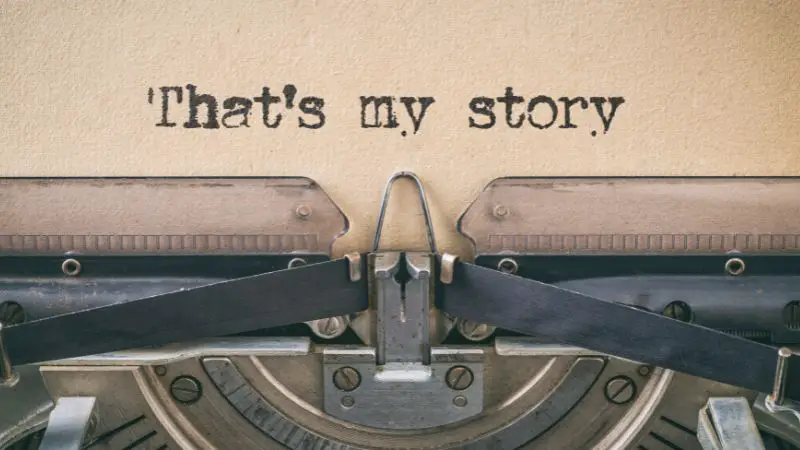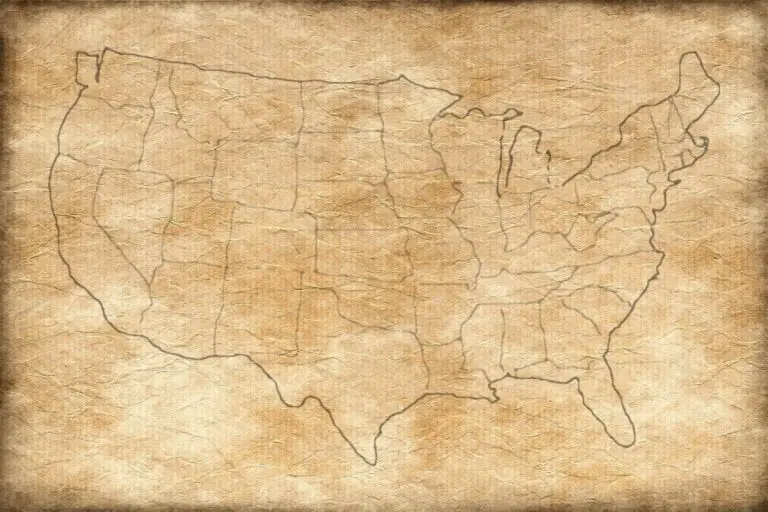Bibliography or Autobiography? Let’s Clear the Confusion
Confused about the terms “bibliography” and “autobiography”? You’re not alone. They sound similar but serve vastly different purposes. Whether you’re writing a research paper or exploring literature, knowing the difference can come in handy, and I’ve got the answers for you.
The main difference between a bibliography and an autobiography is that a bibliography is a detailed list of the sources used in a research paper or book, while an autobiography is a self-written account of a person’s life, telling their own story.
There’s more to these terms than just these basic definitions. Stick around, and let’s dive into the details together!
Definitions and Origins
What is a Bibliography?
A bibliography is a list of the books, articles, and other sources that have been used or referenced in a research paper or book. It includes details such as the author’s name, title of the work, publisher, and publication date.
A bibliography serves as an acknowledgment of the sources and provides a path for readers to find and consult the original materials.

What is an Autobiography?
An autobiography is a self-written account of a person’s life. It’s a personal narrative where the author tells their own story, often sharing experiences, insights, and emotions.
Unlike a biography, which is written by someone else about a person’s life, an autobiography is penned by the person themselves.
Related: Biography or Bibliography? Know the Difference Today!
Primary Purposes
Why Use a Bibliography?
A bibliography is an essential part of academic writing. It shows where information came from and gives credit to the original authors. Here’s why it’s important:
- Avoiding Plagiarism: By citing sources, you’re acknowledging the work of others.
- Building Credibility: Shows you’ve done thorough research.
- Helping Readers: Allows readers to locate the original sources.
Why Write an Autobiography?
Writing an autobiography can be a deeply personal endeavor. It’s about telling your story. Here’s why people do it:
- Self-Reflection: Helps in understanding oneself better.
- Sharing Wisdom: Imparts lessons and experiences.
- Preserving Legacy: Leaves a personal record for future generations.

Structural Differences
How is a Bibliography Organized?
A bibliography is a systematically organized list. Depending on the citation style, it may include:
- Author’s Name
- Title of the Work
- Publication Date
- Publisher Information
- URL (if online)
It usually appears at the end of an academic paper.
How is an Autobiography Composed?
An autobiography is organized more like a novel or narrative. It often includes:
- Introduction: Sets the tone.
- Chronological Account: Life events in order.
- Themes: Central ideas or messages.
- Conclusion: Reflection or summary.
It’s a journey through someone’s life, shared in their own words.
Common Usage and Contexts
Where Will You Find a Bibliography?
A bibliography is found in:
- Academic Papers: At the end of research papers or theses.
- Books: Particularly in non-fiction works.
- Articles: In journals or magazines to support facts.
Where Will You Find an Autobiography?
Autobiographies are found:
- In Bookstores: As standalone books.
- In Libraries: Among biographies and memoirs.
- Online: On personal blogs or websites.
They can be public, like a published book, or private, like a personal journal.
Practical Examples and Insights
Examples of Bibliographies
Here are examples of how bibliographies might be used:
- In a History Paper: To cite primary and secondary sources.
- In a Science Report: To reference studies and data.
- In Literature Review: To acknowledge previous works.
Examples of Autobiographies
Famous autobiographies include:
- “I Know Why the Caged Bird Sings” by Maya Angelou
- “The Diary of a Young Girl” by Anne Frank
- “Long Walk to Freedom” by Nelson Mandela
These books offer personal insights into the authors’ lives and times.
Comparison Table
| Aspect | Bibliography | Autobiography |
|---|---|---|
| Definition | List of referenced works | Self-written life story |
| Purpose | Cite sources, avoid plagiarism | Share personal experiences |
| Structure | Organized list with specific details | Narrative with chronological order |
| Common Usage | Academic papers, non-fiction books | Standalone books, memoirs |
| Examples | Research papers, scientific reports | Famous personal accounts |
Related Questions
How is a Bibliography Different from a Works Cited Page?
A bibliography includes all the materials consulted, while a Works Cited page includes only the materials that were cited in the text. A bibliography is broader, often encompassing not only what is quoted or paraphrased but also what was read to understand the subject.
How is an Autobiography Different from a Memoir?
While both an autobiography and a memoir are written by the person about their own life, a memoir tends to focus on specific events or periods, often with more emotional insight. An autobiography, on the other hand, typically covers a broader span of the author’s life.
How is a Bibliography Different from a Reference List?
Though similar, a bibliography may include works that were read but not directly cited in the text, while a reference list includes only those works specifically cited within the work. The reference list is a subset of the bibliography.
Can Anyone Write an Autobiography?
Absolutely! Anyone can write an autobiography. It’s a personal account of your life and can be a wonderful way to reflect, preserve memories, and share experiences. You don’t have to be famous to have a story worth telling.






